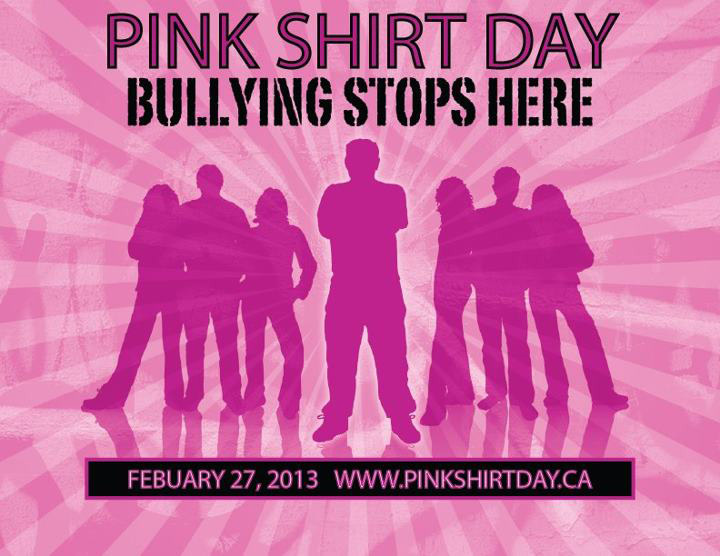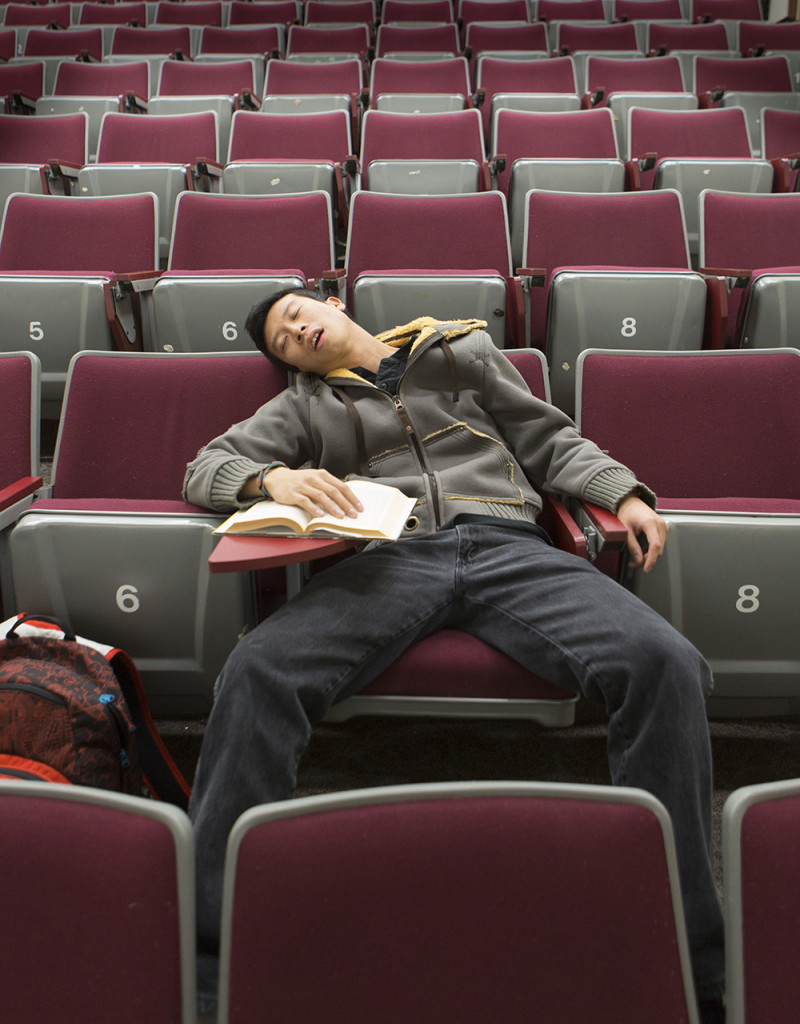
Could that social butterfly be a social bully?
By Leslie Ste. Marie, Contributor
The classroom buzzes with students readying for lecture to start. They unload backpacks, commiserate about homework, and rush through sandwiches cased in plastic triangles or brown Timmy’s bags. On one side of the room, three girls talk and laugh, one with exaggerated enthusiasm, as if to emphasize how fun and popular she is. In the middle of the room sits a girl, eyes red from crying, quietly working on an assignment.
Most people wouldn’t notice these unremarkable signs, or let alone see them as evidence of a bullying incident from moments before. There are no bloodied noses, and there was no spectacle like those on The Simpsons, where Nelson Muntz bellows “Ha-ha!” after pummeling a Springfield kid.
Bullying comes in many forms, and while males are more likely to use physical aggression to exert power over a victim, females are more prone to using subtle, covert tactics to do the same.
For years, psychologists who’ve studied aggression looked only at the physical and overt manifestations, concluding that girls were less aggressive than boys. The consensus began to change in the early ‘90s, after a team of Finnish researchers started interviewing preteen girls about their behaviour towards one another. The team’s conclusion was that girls were, in fact, just as aggressive as boys—though the actions manifest in a different way.
The goals of bullying are the same for both sexes: to gain social status and boost self-esteem. While boys are more prone to bullying weaker kids they hardly know, female bullies go after their closest relationships. Often referred to as relational aggression or social bullying, the perpetrator is usually charming and popular, and uses rumors, gossip, verbal taunts, and shunning to systematically isolate her selected targets and effectively exclude them from groups and activities.
The social bully is difficult to hold accountable because there is often no evidence of the underhanded tactics used, intensifying damage to the victim. Angela, a part-time student in her 30s, says she recently endured prolonged bouts of silence from a neighbour she had been close friends with. “I was devastated. But I guess if I think about it, there were signs early on,” she admits.
Angela says her aggressor made herself the hub of the block by helping with neighbour’s kids and giving gifts, like books and baked goods. “I think her generosity caused people to give her the benefit of the doubt when there were incidents, or they felt indebted to her.” Angela says the most severe incidents were reserved for those closest to her. “Her family and I got the worst of it. She tried to keep a mask on for the rest of the world.”
The two families—Angela’s and her aggressor’s—had been close for years. “We spent a lot of time with them and celebrated Christmas and most occasions together. We were the only ones she trusted to babysit her son when he was a toddler.”
That controlling nature is one of the signs Angela wishes she’d heeded, “I just thought she was a bit of a control freak. I didn’t know it would escalate.” But there were other signs, too, Angela says. Like her need to be right all the time, her poor-me attitude, and the moodiness that kept others walking on egg shells.
Angela suffered her neighbour’s hot and cold spells for years, and considered moving at one point. “I was stressed every day, wondering which one I’d run into: Jekyll or Hyde.” Angela says she felt powerless over the situation, unable to change the outcome, and alienated from other neighbours who were under her aggressor’s charming spell.
Survivors of bullying suffer significant collateral damage, such as lowered self-esteem, anxiety, insomnia, difficulty trusting others, and in some cases, symptoms of post-traumatic stress disorder. Although it may be possible to reason with some bullies, many feel justified in their behaviour and are unlikely to admit wrong-doing or back down—particularly social bullies, who are skilled at turning the tables to make themselves out as the victim.
Andria Wrench, a student counsellor at Douglas College, points out that people may not even realize they’re being bullied. “There may be an intuitive feeling that something is wrong, that you’re not being treated fairly,” she says. A victim may endure a few incidents thinking the offender is simply irritable or has been set off by some circumstance, not recognizing that the behaviour will likely persist.
When intimidation continues, and even worsens, it isn’t likely to stop without intervention. Wrench suggests talking to a counsellor, or someone you trust, sooner rather than later. “We’re here to support students and explore options. Bullying isn’t something you have to take,” says Wrench, noting that everything said to a counsellor is totally confidential.
Bullying situations typically involve more than the bully and the victim. They also involve bystanders, those who watch bullying happen or hear about it. Bystanders play a powerful role; depending on how they respond, they can either contribute to the problem or the solution. Bystanders rarely play a completely neutral role, although they may think they do. “It would have made such a difference if another neighbour or someone in her family had reached out,” says Angela.
Aside from harmful bystanders who encourage or join in on the hurtful behaviour, many people passively accept bullying by doing nothing. Without realizing it, they contribute to the problem by providing an audience or silent acceptance that allows bullies to continue their behaviour. According to a study published in the Canadian Journal of School Psychology, in over half of the cases, schoolyard bullying stops within 10 seconds of a bystander stepping in to help.
Bullying is an abuse of power and it happens in homes, schools, neighbourhoods, churches, care facilities, workplaces, and everywhere else where people interact. The power can come from a position—like being a boss, a police officer, or the hub of the neighbourhood, in Angela’s scenario. Bullying will continue to leave a mark on society as long as people entrusted with any type of power misuse it, and as long as bystanders choose to look away.



